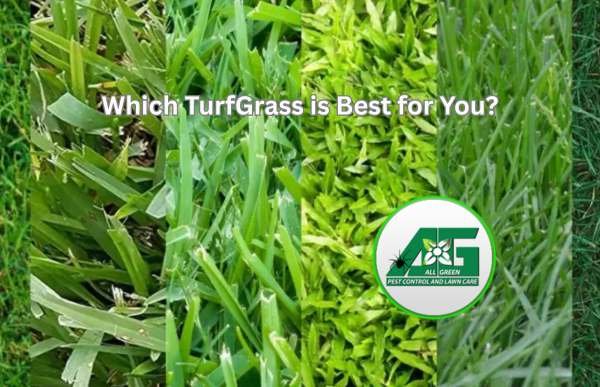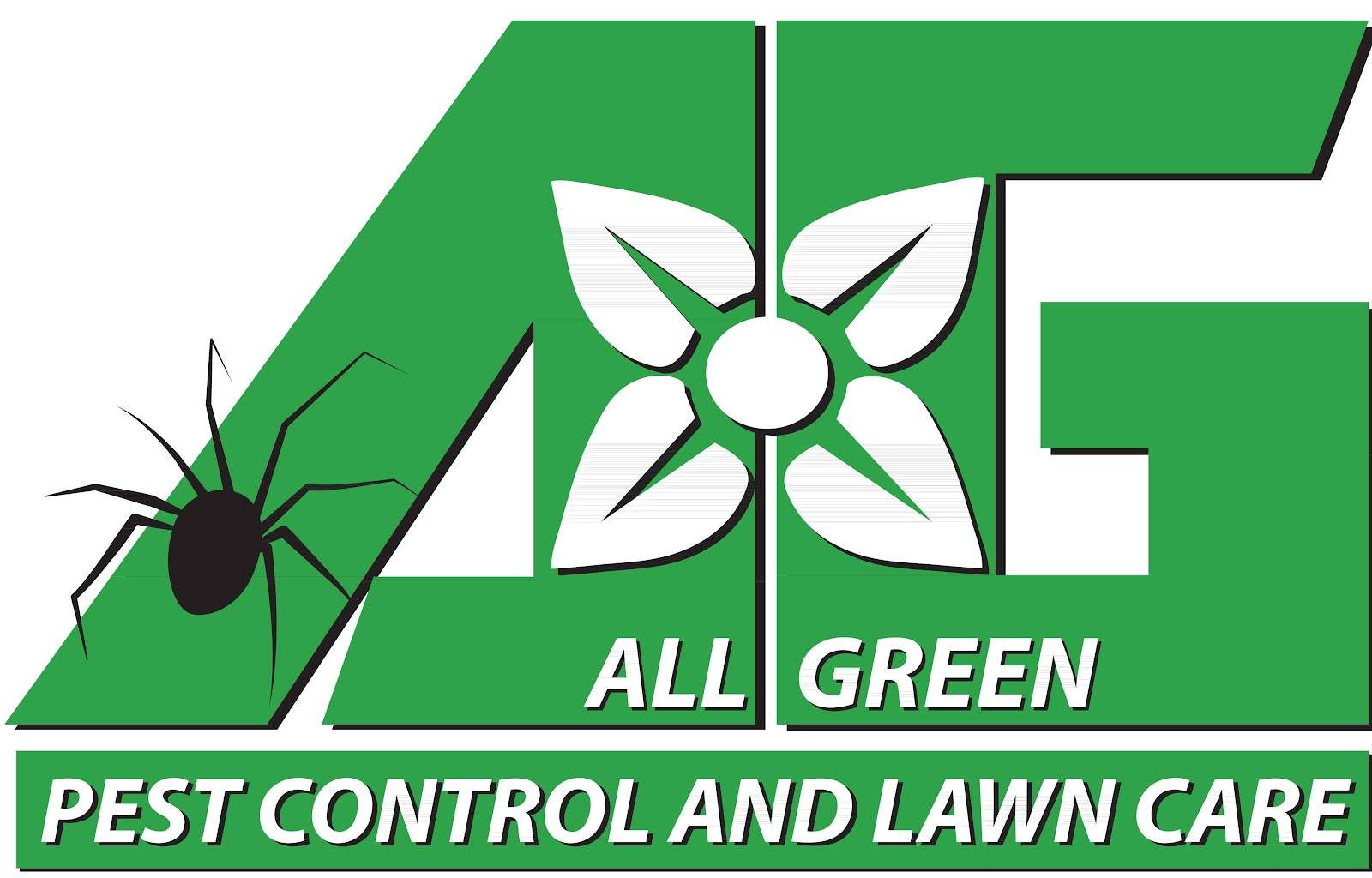
Cool‑Season vs Warm‑Season Grasses
Cool-season grasses such as Kentucky bluegrass, perennial ryegrass, and fine or turf-type tall fescue thrive in areas where summer temperatures range from 60 to 80°F and winters are cool to cold. These grasses grow most actively in the spring and fall and tend to go semi-dormant during hot summer conditions.
Warm-season grasses like bermudagrass, zoysiagrass, St. Augustine, centipedegrass, and buffalograss perform best in temperatures between 80 to 95°F. These varieties flourish in the heat but slow down or turn brown as temperatures cool.
U.S. Climate Zones and Recommended Grasses
In the northern United States, cool-season grasses such as Kentucky bluegrass, tall fescue blends, and perennial ryegrass are ideal due to the cooler temperatures and moderate summers.
The transition zone, which includes many mid-latitude areas, can support both cool-season and warm-season grasses. Tall fescue is a strong performer in cooler sections of the transition zone, while zoysia and bermuda do well in warmer areas.
Southern regions of the United States, characterized by hot and humid climates, benefit most from warm-season grasses. Bermudagrass, St. Augustine, zoysia, buffalograss, and centipedegrass are commonly used in these areas due to their heat tolerance and lower water requirements.
Turf Performance: Foot Traffic, Drought, Disease, Dogs, and Insects
| Grass Type | Foot Traffic | Drought Resistance | Disease Resistance | Dog-Friendly | Insect Resistance |
|---|---|---|---|---|---|
| Kentucky Bluegrass | Good; recovers via rhizomes | Moderate (deep roots) | Improved through breeding | Good urine recovery | Moderate |
| Perennial Ryegrass | Excellent wear tolerance | Moderate | Moderate | Fast recovery from damage | Moderate |
| Tall Fescue | Very high (deep root bunches) | High | Good cold/heat resistance | Good resistance | Good |
| Bermudagrass | Exceptional – used on golf courses | Excellent | Moderate | Great for dogs | Moderate |
| Zoysiagrass | Good, wear-resistant | High | Excellent resistance | Recovers slower | Good |
| St. Augustine | Moderate – dense, soft | Moderate | Susceptible to chinch bugs | Good with plugs | Moderate |
| Centipedegrass | Low to moderate | Low to moderate | Moderate | Soft texture | Moderate |
| Buffalograss | Low to moderate | Very high | Good | Not for heavy use | Moderate |
Texture Considerations for Walking and Lounging
Stiffer grass textures like zoysia and certain types of bermudagrass are ideal for athletic use or patios where durability and a firm surface are more important than comfort. These are preferred in sports applications or busy backyard walkways.
Softer grasses such as tall fescue, Kentucky bluegrass, and St. Augustine are more comfortable underfoot and are ideal for barefoot walking, children’s play areas, or lounging. These textures are particularly favored in residential lawns where aesthetics and comfort are prioritized.
Soil Types and How They Affect TurfGrass
Sandy and sandy-loam soils offer excellent drainage and work well for drought-tolerant warm-season grasses like bermuda, buffalograss, and centipede. However, they may require more frequent watering and fertilization due to leaching.
Clay soils retain moisture but can become compacted, which hinders root development. Cool-season grasses like fescue and bluegrass perform well in these soils, especially when supplemented with core aeration and soil amendments.
Loamy soil, often considered ideal for turf, has a balanced mix of sand, silt, and clay. It supports most turfgrass varieties due to its structure and nutrient retention capabilities.
Topsoil quality can vary significantly, but higher-quality topsoil enhances root development and turf performance. Regular testing and amendments may be necessary to maintain optimal conditions.
Alkaline and acidic soils also influence turf health. Bluegrass thrives in neutral to slightly alkaline soil, while centipedegrass prefers more acidic conditions. Soil testing and pH adjustments are critical for long-term turf health.
All Green Pest Control & Lawn Care Locations
St. George, UT
All Green Pest Control & Lawn Care – St. George
54 S 200 E, St. George, UT 84770
(435) 288‑3115
St. George location
Salt Lake City, UT
7026 Commerce Park Dr Suite 114
Midvale, UT 84047
(801) 513-7300
Salt Lake location
Provo, UT
All Green Pest Control & Lawn Care – Provo
2452 W Center St, Provo, UT 84601
(801) 477-1289
Provo location
Full Service Lawn Care for All Types of Turfgrass
All Green Pest Control & Lawn Care offers full-service lawn care including turf maintenance, pest management, and soil testing to ensure you select the right grass type for your property and soil condition. Contact your nearest location today to learn more about our lawn care solutions tailored for Utah’s diverse climates.
After you’ve established your outdoor spaces, it’s important to keep them protected from invading pest, like wasps. But what are the differences between wasps and bees? Learn more about how to identify differenty types of wasps and bees, to make the right decisions for protecting your outdoor living spaces!
